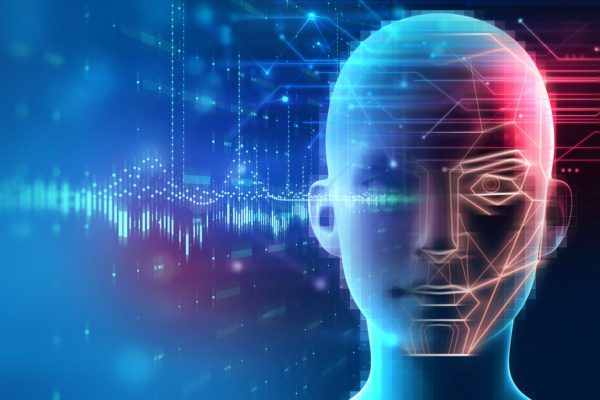Most people think of the keyboard and mouse as the only means to enter information into a computer, but the list of input devices is surprisingly long. Inputs include voice, touch, optical, and even environmental (e.g., heat) and spatial technology. Are you taking advantage of all these potential methods to interface with your computer technology?
Technology Interfaces Via the Senses
Let’s take a closer look at a few.
Voice dictation has been around for quite some time, but the popularity of Siri, Cortana and Alexa prove that being able to do more than simple voice transcription is very useful and here to stay. If you haven’t already, we encourage you to give the built‑in dictation features in Microsoft Outlook, Word and more a try. They allow you to easily dip your toe in the water of voice recognition. The ability to control your computer and IoT (Internet of Things) technology without your hands is beneficial not only for convenience but it is also opening pathways for persons with disabilities in new and exciting ways.
Tactile inputs have been around a long time, but the quality and functionality has dramatically improved over time. For example, the stylus or “pens” of today allow you to use your touchscreen computer or tablet like a piece of paper or a whiteboard, capturing real-time handwriting, drawings and so much more. If you use Microsoft Teams, you might want to check out Microsoft’s Whiteboard app or similar app. Being able to quickly draw a picture or capture handwritten ideas in real-time can be a huge productivity boost and increase comprehension and retention of information.
The options and uses for optical inputs have grown tremendously in recent years. From retina recognition for security devices to basic cameras on your smartphone or computer have made it possible to scan something using light and sound waves to “see” inside (think x-rays or ultrasound) or recognize, evaluate and authenticate features or gestures. For example, the facial recognition on your iPhone or Microsoft Surface’s “Hello” feature is amazingly accurate and allows you to unlock your device or machine without touching a thing!
With the escalation of COVID‑19, we expect to see more of these touchless inputs in use for years to come.
Need help getting started with new forms of input? Contact us here…we’re happy to help!
First published in our September 2020 IT Radix Resource newsletter


